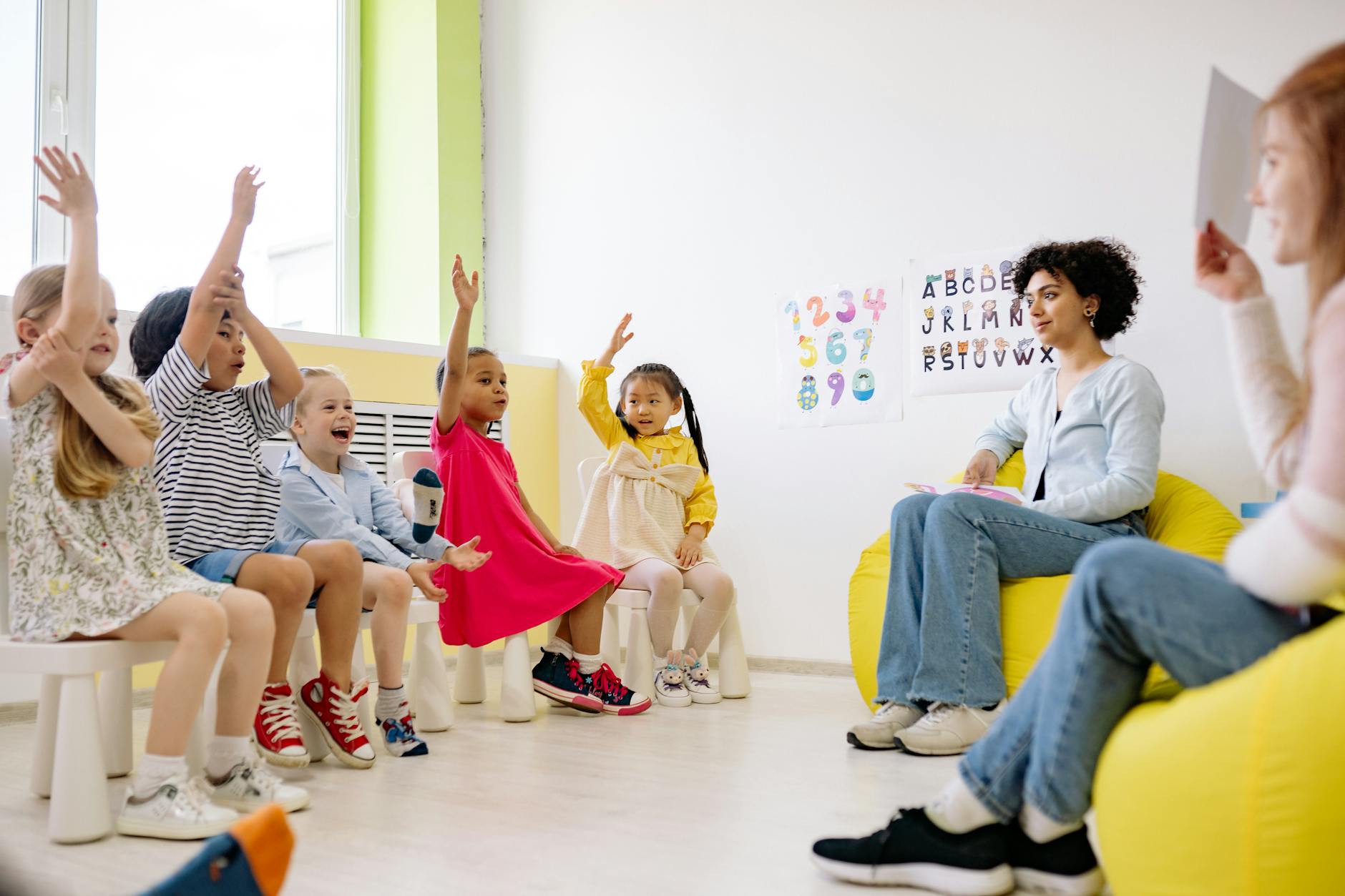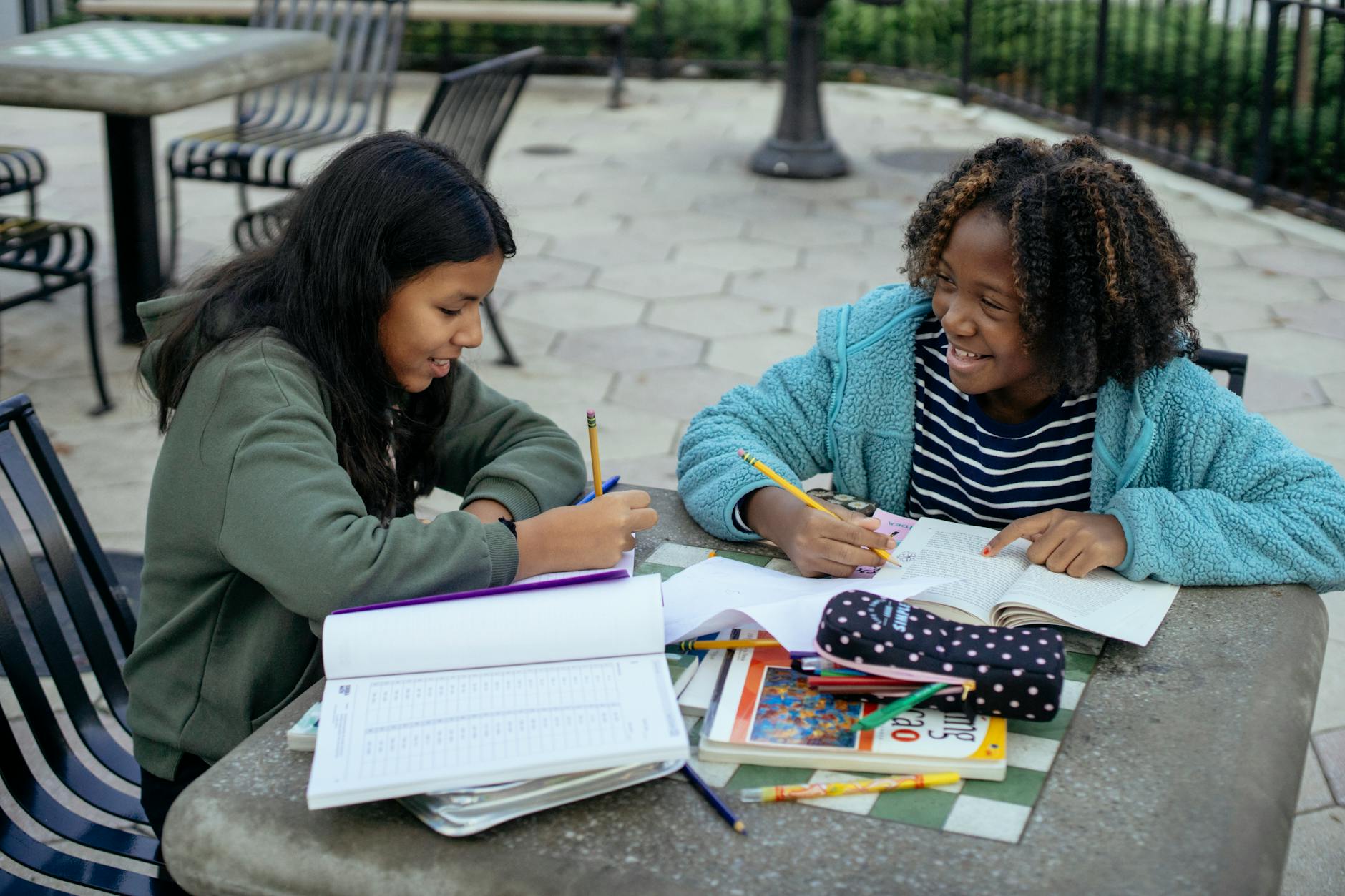How to Incorporate Creative Expressions in the United States for Tech Enthusiasts

Exploring Tech-Infused Art
As a passionate advocate for incorporating new age technologies in the arts, I've been interested in opportunities that merge creativity with digital tools. In cities buzzing with technology, such as New York City, unique experiences like paint and sip nyc sessions provide a platform to combine art with a social twist. These sessions make for great bachelorette party ideas while also introducing tech enthusiasts to innovative ways of creating art.
For someone like Marcus, who thrives on exposing students to diverse art experiences, these activities can serve as an extension of traditional classroom settings. By using these real-world examples, students can grasp the potential of art infused with technology. For instance, introducing them to an experience gift card might open doors to exploring new creative projects outside the school environment.
Moreover, engaging them with similar creative workshops as those found at the Dougherty Arts Center in Austin could be a fantastic way to foster an appreciation for both art and technology. By tapping into these resources, Marcus can ensure his students learn and grow without the stagnation he fears. This approach not only expands their creative horizons but also injects fresh dynamism into the classroom environment.
Integrating Technology into Curriculum
Embracing technology in your teaching practice can elevate the learning experience and engage students uniquely. For educators like me, this can mean experimenting with experience gifts that provide a blend of tech and creativity. If you’re in Austin, the vibrant tech scene at Capital Factory offers endless inspiration. One such exciting idea is incorporating technology-driven art tools into your classroom setting.
Tech Tools for Classrooms
Using innovative tech tools can transform standard lessons into interactive educational experiences. Consider incorporating digital canvases or styluses that combine traditional art with digital precision. Interactive whiteboards and tablets can also bring art lessons to life, allowing students to engage dynamically. These tools not only stimulate creativity but also prepare students for the evolving landscape of digital art.
Online Art Software
Several software options are available, offering a platform for students to experiment with digital art concepts. Tools like Adobe Photoshop and free options like GIMP help students explore digital painting, photo editing, and graphic design. These platforms cultivate technical skills, providing students with the confidence to explore digital art further.
Interactive Projects
Engaging students with interactive projects can make learning more immersive. Think about creative project ideas, such as virtual exhibitions or tech-enhanced art pieces. Even local pottery classes chicago can provide inspiration by integrating 3D printing techniques into clay modeling projects, combining tactile and virtual elements for a truly unique educational experience. Marcus, for instance, could explore these methods to delve deeper into creative pedagogy without compromising his budget, encouraging innovation in his classroom.
Finding Creative Collaborations
Local Tech Meetups
Connecting with local tech meetups can be a great avenue for creatively blending technology and art. The Austin Tech Scene at Capital Factory is known for fostering innovation, making it an ideal place to find potential collaborators from diverse tech backgrounds. Whether you're interested in exploring opportunities to incorporate technology into art lessons or seeking to network with other educators, these meetups offer ample opportunities. You might even inspire your students with creative project ideas that integrate technology, encouraging them to think outside the box.
Online Artist Communities
Online artist communities are excellent for sharing and discovering innovative art experiences. They provide a space for artists and educators to exchange ideas, collaborate on projects, and expand their creative horizons. Within these virtual communities, you can stumble upon resources like virtual paint classes that offer guidance and inspiration. For someone like Marcus, who continuously seeks to refresh his curriculum, connecting with fellow educators and artists online can prove invaluable in integrating new methodologies.
School Partnerships with Innovators
Building partnerships with tech innovators can open the door to enriching art programs at schools. Collaborating with local enterprises or organisations passionate about both art and technology can lead to fascinating initiatives, like hosting a paint and wine bay area event to fundraise or organise workshops. With the right partnerships, schools can tap into resources that may otherwise be out of reach due to budget constraints, enhancing students’ exposure to tech-driven art forms and revitalising the educational experience.
Navigating Legal Frameworks
Copyright Considerations
When incorporating technology into creative projects, understanding copyright considerations is crucial. For those of us in the tech-infused art sphere, knowing the rights tied to original works safeguards our creations and respect for others' work. Copyright primarily protects artworks and by understanding its boundaries, we can confidently explore creative avenues like virtual team building activities and pottery classes nyc. Knowing what is protected and what is not helps avoid infringements and ensures proper credit is given when using others’ work within your classroom projects.
Licensing Agreements
In the dynamic world of technology and arts, licensing agreements dictate how you can legally use software and digital tools. It allows you to use certain proprietary technology without owning it. Familiar agreements include end-user licenses for art software, which cover user permissions and restrictions. Securing a proper license is essential, especially when integrating tech into classroom settings. This ensures compliance and mitigates legal risks tied to new educational tech tools.
Intellectual Property Laws
Intellectual property laws guard the rights to inventions and creations, pivotal to fostering innovation and inspiration in art classes. As you venture into new projects or adopt innovative tech tools, being aware of safeguarding your own ideas and respecting those of others is paramount. Navigating these legal frameworks ensures you are ethically advancing in the tech-art realm, providing an informed foundation for introducing digital experiences into learning environments without unnecessary fear of legal ramifications.
Embracing Technology in Art Education
Harmonizing Technology with Classic Art Techniques
In the ever-evolving landscape of art education, right here in the heart of the Austin Tech Scene at Capital Factory, blending technology with traditional art forms can spark unprecedented creativity. It's like taking a stroll through the creative workshops at Dougherty Arts Center, where tech and classic techniques dance in harmony. Start experimenting with a mix of media, perhaps using digital tools to add layers to your artistic painting. This approach not only modernizes art education but also makes it more relatable to today's tech-savvy learners.
Cultivating Lifelong Skill Building
As young tech professionals in Austin, we're all about innovation, right? Embracing continuous skill development is key. I suggest tapping into the plethora of resources available through online platforms or even attending technology talks at SXSW. These avenues offer endless opportunities for learning the latest in digital art techniques or discovering new online art software. Engaging in creative project ideas, like building a digital portfolio, can inspire and equip educators and students alike with the skills needed in this tech-centric world.
Maximizing Student Involvement and Interest
Now, speaking of student engagement, imagine a classroom buzzing with excitement over tech-driven art projects! To achieve that, encourage students to dive into interactive projects that marry art and technology. Collaborative learning environments, inspired by the fun vibe of local tech meetups, can nurture their tech-driven artistic endeavors. Empower students to bring their unique visions to life, and they’ll soon feel as confident as a seasoned professional immersed in the vibrant Austin tech and creative scene.


